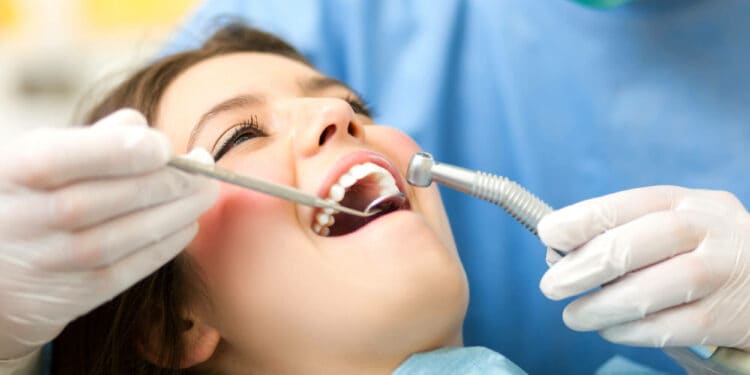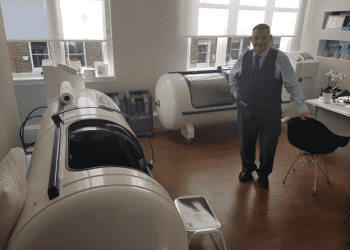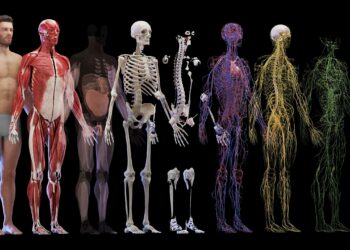In recent times, all-on-4 dental implants have gained popularity as an innovative solution for replacing multiple missing teeth. They have been restoring the confidence of people with lost or severely damaged teeth since the late 90s. All-on-4 implants are known for their ability to provide enhanced stability and improved biting force, allowing for better chewing ability and restoring proper oral function. Unfortunately, we have found out that certain patients who could potentially benefit from this treatment are often sceptical about it. This scepticism is largely based on misconceptions about all-on-4 implants that are simply not true. At our clinic, we have been able to provide successful all-on-4 dental implants for many of our patients. These patients have attested to the fact that these implants have improved the appearance and functionality of their teeth tremendously. This is why we decided to dispel common myths associated with All-on-4 implants. Our goal is to provide you with accurate information to help you make an informed decision about your dental health.
1. All-on-4 implants don’t look natural, and they feel fake:
A lot of work goes into ensuring that all-on-4 implants are indistinguishable from natural teeth, even upon close inspection. The titanium frame that holds the artificial teeth is shaped to fit the arch of the patient’s jaw perfectly. The screw-like rods are then inserted into the jawbone, eventually fusing with it. This fusion is called osseointegration. Osseointegration is a process where a biocompatible material (in this case, usually titanium) fully bonds with the jawbone, becoming a natural part of the mouth. This makes it hard to tell that the procedure has been done because the prosthesis roots feel and look similar to natural teeth. Although it may take a little while to get used to the feeling of having a new set of teeth, our patients report that there is virtually no difference between the natural teeth and the implants.
2. It is not possible to get all-on-4 dental implants if you had an extraction done a while ago:
It is correct that missing teeth do cause loss of bone density in the jawbone as time goes by. Indeed, if the tooth had been taken out or lost several years ago, the jawbone might no longer have the required density to support the titanium implant. However, a dental procedure for the jawbone called bone grafting can be carried out to restore the bone’s strength. This procedure requires a healing period before the dental implants can be inserted. At our clinic, we have professionals who can assess you and determine if you are suitable to get dental implants with bone grafting.
3. The healing period after an all-on-4 implant procedure is too lengthy:
All-on-4 dental implants do take some time to heal, but it’s nothing compared to traditional implants. This is because it takes advantage of the available bone and minimizes additional procedures. In fact, the main reason some patients opt for all-on-4 implants is that they offer a quick recovery period. The entire healing process should take about three to six months, although it may vary from patient to patient, depending on their peculiar circumstances. If a bone grafting procedure has to be done before the all-on-4 implants are inserted, the graft would need its healing period. Typically, this would add about three to six months to the total healing period. Thus, the entire healing period can take up to a year. However, considering that all-on-4 implants are designed to last all your life after they’ve been inserted, a year should be a relatively short period. This stems right into the next myth we wish to address. Click on the link to learn more about types of teeth implants
4. All-on-4 implants will only last for a few years:
This is perhaps the most shocking of all the myths. While it is true that many dental rehabilitation treatments have a limited life span that is usually a decade, dental implants are not one of such. Osseointegration makes the all-on-4 implants a permanent procedure because the fused implants form a firm root for the artificial teeth. All-on-4 implants have a high success rate (about 96% on average). The best way to increase your chances of a successful implant procedure is to stick to the instructions we give after your surgical procedure as though your teeth depend on it – because they do.
5. All-on-4 implants are only for the aged:
Truth? No. It is common to associate dental treatments with old people, who are inevitably more likely to have dental issues. However, this does not mean the all-on-4 implants are for old people. All-on-4 implants are suitable for people of all ages who have lost their teeth or suffered severe damage to them. Indeed, there are some extenuating circumstances that might make it difficult for a patient to get the implants—at least not without some initial dental procedure. However, these circumstances are best assessed and decided upon by a professional. The only way for you to know exactly what is required for a successful implant procedure is to book a consultation with us. In cases where the patient is a young adolescent who is still growing, we make assessments to determine if the jawbone has matured sufficiently to support implants.
All-on-4 dental implants offer the advantage of having only four implants supporting the entire set of teeth, and they have a high success rate. Reports from patients who have had them installed indicate that they are very happy with the results. Thus, it would be unfair for you to miss out on the benefits of these implants if they could be of use to you. We hope we have helped you see that certain information you may have come across about all-on-4 implants are mere myths. Do not hesitate to get in touch with us if you have any questions; we’d be delighted to help. If you’ve also been considering getting these implants, book an appointment with us today! Our team of professionals is ready to give you nothing but the best.






